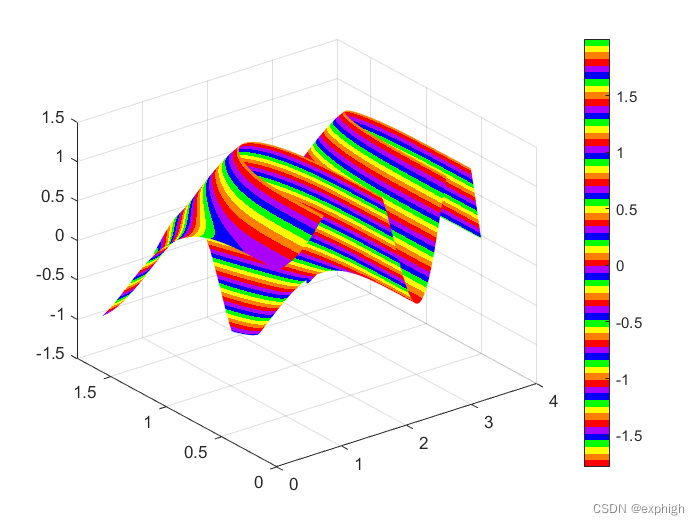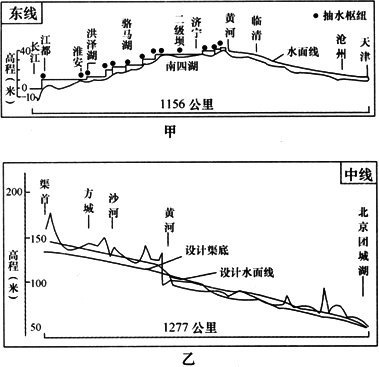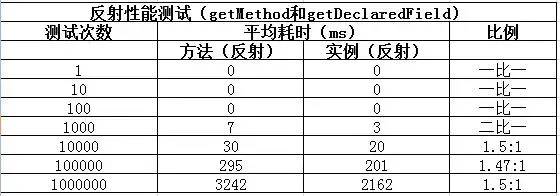文章目录
- 1 三维图
- 2 三维等高线
- 3 二维等高线
- 4 三维表面图上画曲线
- 5 三维曲线投影到坐标轴
关于三维图像的内容很多博友已经写了
推荐: 三维绘图, 画三维图, 3d图-英文版, 中文版三维图
上面写的都非常详细,很推荐,特别是英文版和中文版三维图那个,基于此,只给我写的一个例子
1 三维图
画 f ( x , y ) = x 2 + y 2 f(x,y)=x^2+y^2 f(x,y)=x2+y2的三维图

import numpy as np
import matplotlib.pyplot as plt
from mpl_toolkits.mplot3d import Axes3Dx = np.arange(-10,10,0.2)
y = np.arange(-10,10,0.2)
f_x_y=np.power(x,2)+np.power(y,2)
fig = plt.figure()
ax = plt.gca(projection='3d')
ax.plot(x,y,f_x_y)
画出2维不相关高斯分布的3维图,即下面公式中n=2的情况


import numpy as np
import matplotlib.pyplot as plt
import mpl_toolkits.axisartist as axisartist
from mpl_toolkits.mplot3d import Axes3D #画三维图不可少
from matplotlib import cm #cm 是colormap的简写# 1_dimension gaussian function
def gaussian(x,mu,sigma):f_x = 1/(sigma*np.sqrt(2*np.pi))*np.exp(-np.power(x-mu, 2.)/(2*np.power(sigma,2.)))return(f_x)# 2_dimension gaussian function
def gaussian_2(x,y,mu_x,mu_y,sigma_x,sigma_y):f_x_y = 1/(sigma_x*sigma_y*(np.sqrt(2*np.pi))**2)*np.exp(-np.power\(x-mu_x, 2.)/(2*np.power(sigma_x,2.))-np.power(y-mu_y, 2.)/\(2*np.power(sigma_y,2.)))return(f_x_y)#设置2维表格
x_values = np.linspace(-5,5,2000)
y_values = np.linspace(-5,5,2000)
X,Y = np.meshgrid(x_values,y_values)
#高斯函数
mu_x,mu_y,sigma_x,sigma_y = 0,0,0.8,0.8
F_x_y = gaussian_2(X,Y,mu_x,mu_y,sigma_x,sigma_y)
#显示三维图
fig = plt.figure()
ax = plt.gca(projection='3d')
ax.plot_surface(X,Y,F_x_y,cmap='jet')
# 显示等高线图
#ax.contour3D(X,Y,F_x_y,50,cmap='jet')2 三维等高线
将上面等高线打开,三维图注释掉
#ax.plot_surface(X,Y,F_x_y,cmap='jet')
# 显示等高线图
ax.contour3D(X,Y,F_x_y,50,cmap='jet')

3 二维等高线
将上面的图截取截面就是2维平面,是一个个圆形

import numpy as np
import matplotlib.pyplot as plt
import mpl_toolkits.axisartist as axisartist
from mpl_toolkits.mplot3d import Axes3D #画三维图不可少
from matplotlib import cm #cm 是colormap的简写#定义坐标轴函数
def setup_axes(fig, rect):ax = axisartist.Subplot(fig, rect)fig.add_axes(ax)ax.set_ylim(-4, 4)#自定义刻度
# ax.set_yticks([-10, 0,9])ax.set_xlim(-4,4)ax.axis[:].set_visible(False)#第2条线,即y轴,经过x=0的点ax.axis["y"] = ax.new_floating_axis(1, 0)ax.axis["y"].set_axisline_style("-|>", size=1.5)
# 第一条线,x轴,经过y=0的点ax.axis["x"] = ax.new_floating_axis(0, 0)ax.axis["x"].set_axisline_style("-|>", size=1.5)return(ax)
# 1_dimension gaussian function
def gaussian(x,mu,sigma):f_x = 1/(sigma*np.sqrt(2*np.pi))*np.exp(-np.power(x-mu, 2.)/(2*np.power(sigma,2.)))return(f_x)# 2_dimension gaussian function
def gaussian_2(x,y,mu_x,mu_y,sigma_x,sigma_y):f_x_y = 1/(sigma_x*sigma_y*(np.sqrt(2*np.pi))**2)*np.exp(-np.power\(x-mu_x, 2.)/(2*np.power(sigma_x,2.))-np.power(y-mu_y, 2.)/\(2*np.power(sigma_y,2.)))return(f_x_y)#设置画布
fig = plt.figure(figsize=(8, 8)) #建议可以直接plt.figure()不定义大小
ax1 = setup_axes(fig, 111)
ax1.axis["x"].set_axis_direction("bottom")
ax1.axis['y'].set_axis_direction('right')
#在已经定义好的画布上加入高斯函数
x_values = np.linspace(-5,5,2000)
y_values = np.linspace(-5,5,2000)
X,Y = np.meshgrid(x_values,y_values)
mu_x,mu_y,sigma_x,sigma_y = 0,0,0.8,0.8
F_x_y = gaussian_2(X,Y,mu_x,mu_y,sigma_x,sigma_y)
#显示三维图
#fig = plt.figure()
#ax = plt.gca(projection='3d')
#ax.plot_surface(X,Y,F_x_y,cmap='jet')
# 显示3d等高线图
#ax.contour3D(X,Y,F_x_y,50,cmap='jet')
# 显示2d等高线图,画8条线
plt.contour(X,Y,F_x_y,8)
4 三维表面图上画曲线
fig = plt.figure()
ax = fig.gca(projection='3d')
temp_test = np.squeeze(temp[:,0,:,:])
Lat,Lon = np.meshgrid(lat,lon)
# Temp = np.zeros((lat.size,lon.size))
Temp = temp_test[0] #first hour
surf = ax.plot_surface(Lat,Lon,Temp)
fig.colorbar=(surf) #画表面图
ax.plot(lat_new, lon_new, t_interp,linewidth=10,color='r') #画曲线plt.show()
由于我的值结果范围太小,看不出来,这条曲线是在表面上画一个环


5 三维曲线投影到坐标轴
由于三维曲面投影到坐标轴已经有了答案,在一开始我给的链接或者官网都有,如下:

(代码可以点开始给的链接进入查看)
但是三维 曲 线 曲线 曲线的投影还没有给,所以这里通过查找一番之后总结如下(参考python,matlab)
以下我使用的是python
import matplotlib.pyplot as plt
fig = plt.figure()
ax = fig.gca(projection='3d')
#输入经纬度和海拔值(也就是x,y,z)
ax.plot(lat_new, lon_new, temp_list[layer], linewidth=10, color='r')plt.show()

现在要将这个图投影到x-z坐标面上
fig = plt.figure()
ax = fig.gca(projection='3d')
ax.plot(lat_new, lon_new, temp_list[layer], linewidth=10, color='r')
null = [30]*len(lat_new) #在y=30处的面ax.plot(null, lon_new, temp_list[layer])
# ax.plot(lat_new,null, temp_list[layer])
# ax.plot(lat_new, lon_new, null)plt.show()

同时在三个面上投影
fig = plt.figure()
ax = fig.gca(projection='3d')
ax.plot(lat_new, lon_new, temp_list[layer], linewidth=10, color='r')
#至于要在多大的值上投影,可以自己测试找到最合适的
x_z = [min(lat_new)-0.5]*len(lat_new)
y_z = [max(lon_new)+0.5]*len(lon_new)
x_y = [min(temp_list[layer])-0.5]*len(temp_list[layer])ax.plot(x_z, lon_new, temp_list[layer])
ax.plot(lat_new, y_z, temp_list[layer])
ax.plot(lat_new, lon_new, x_y)plt.show()














![[论文总结] 深度学习在农业领域应用论文笔记2](https://img-blog.csdnimg.cn/20200924221714364.jpg?x-oss-process=image/watermark,type_ZmFuZ3poZW5naGVpdGk,shadow_10,text_aHR0cHM6Ly9ibG9nLmNzZG4ubmV0L3dlaXhpbl80NzcxNTQ4Ng==,size_16,color_FFFFFF,t_70#pic_center)
